Unlocking Robotics with Keypads: A Session Led by Nansubuga Diana
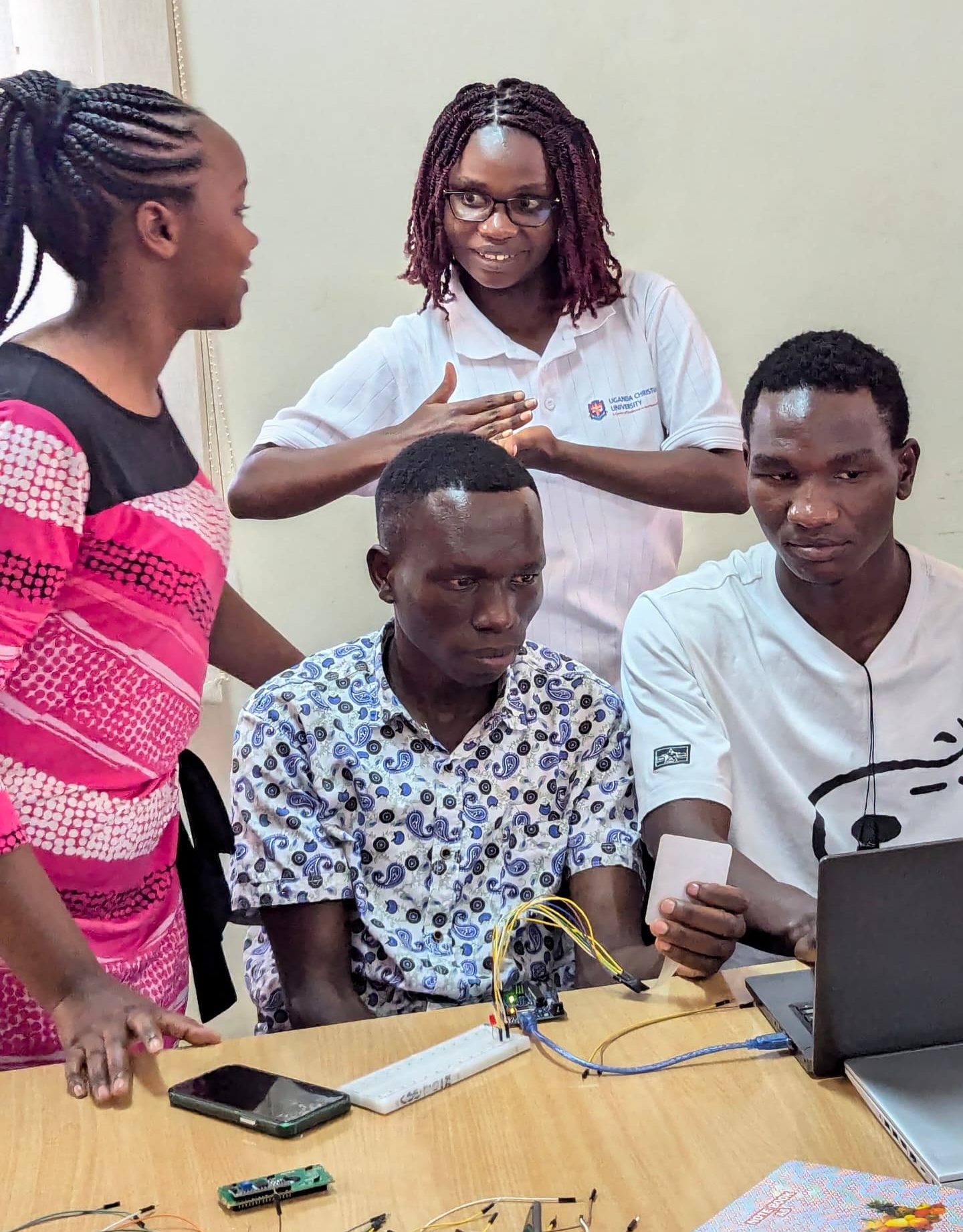
Yesterday, the Robotics and AI Chapter at Uganda Christian University hosted yet another captivating session that delved deep into the integration of keypads in robotics. Led by the chapter’s general secretary, Nansubuga Diana, the session emphasized the practical uses of keypad input, demonstrating how this simple interface can be coupled with other components like an LCD display, relay module, and servo motor to create functional systems. This session was a perfect blend of theory and hands-on practice, providing both beginner and advanced students with insights into the real-world applications of robotics.
Exploring Keypad and LCD Integration
At the heart of the session was the demonstration of a keypad, a widely used input device that allows users to interact with electronic systems by entering numeric or character-based data. The setup involved an Arduino microcontroller connected to a 4×4 matrix keypad and an LCD screen. Participants learned how to interface the keypad to allow password entry, with the system displaying the entered characters on the LCD in real time.
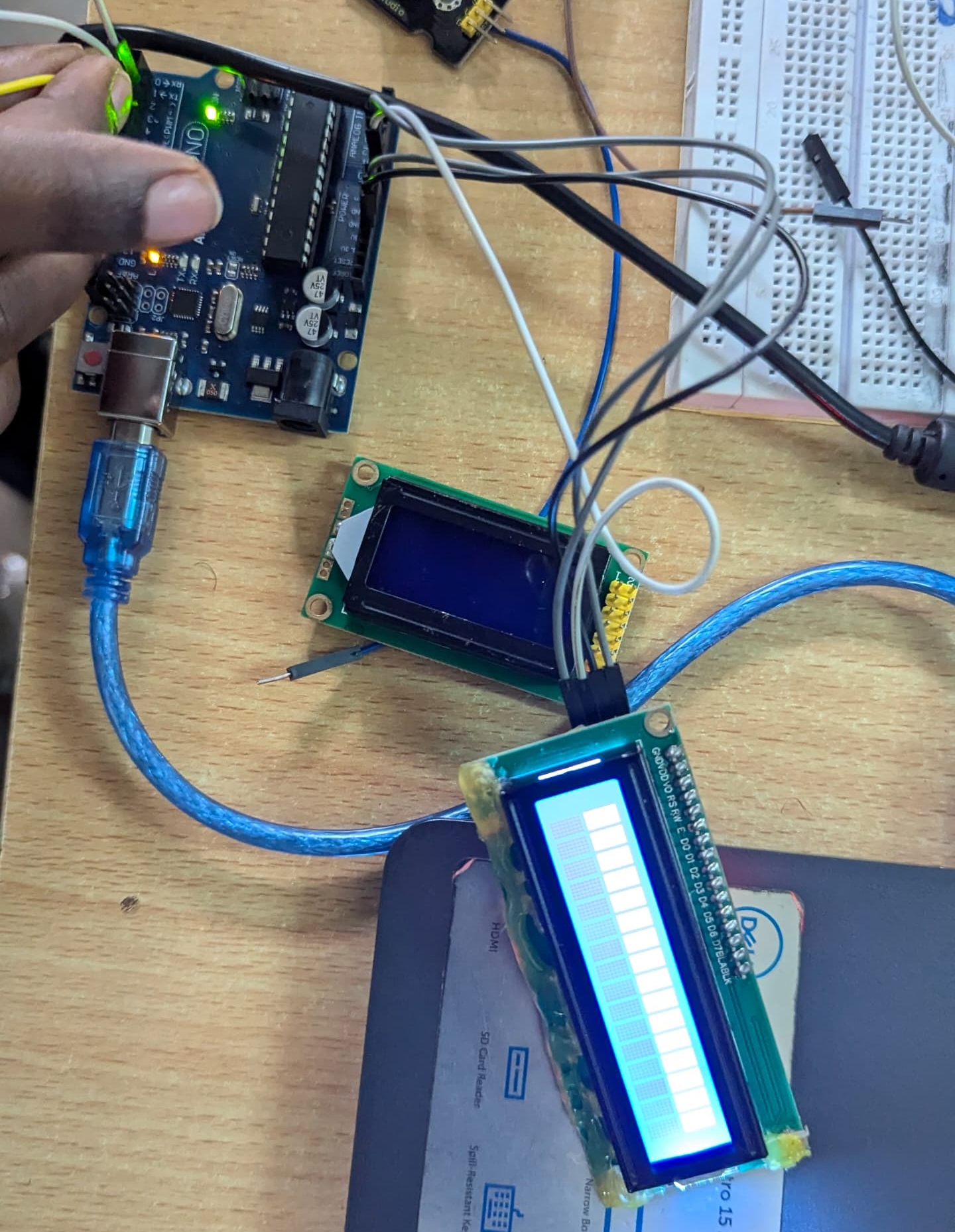
Once the correct password was entered, the system triggered a relay module that was connected to a servo motor. The motor’s activation was a satisfying representation of the keypad’s input successfully driving physical action, showing how security systems and other automated processes can be controlled by user input.
This simple yet powerful demonstration captivated the audience. It wasn’t just about the technical details of connecting wires or uploading code—it was about understanding how these small components can come together to solve real-world problems. The participants left with a broader perspective on how robotics systems can be designed to respond to user commands in various practical applications.
The Real-World Implications of Keypad Systems
As the session progressed, Diana led discussions on the countless practical uses of keypad-triggered systems. One of the key points was the role of keypads in security systems, such as home alarms or safes, where a password input can unlock or secure vital components. Students were encouraged to think beyond the classroom, imagining how such systems could be applied in industries ranging from banking to agriculture. For instance, they considered how a keypad could be used in automated farming equipment to control access to certain functions, or in healthcare systems to safeguard sensitive equipment.
Diana also introduced participants to the concept of relays, explaining their role in controlling high-voltage devices from low-voltage logic circuits, and how a servo motor can simulate mechanical movement based on digital inputs. This tied into discussions on how similar systems could be used for automating doors or gates, which respond only to authorized keypad entries.
Hands-On Learning and Practical Takeaways
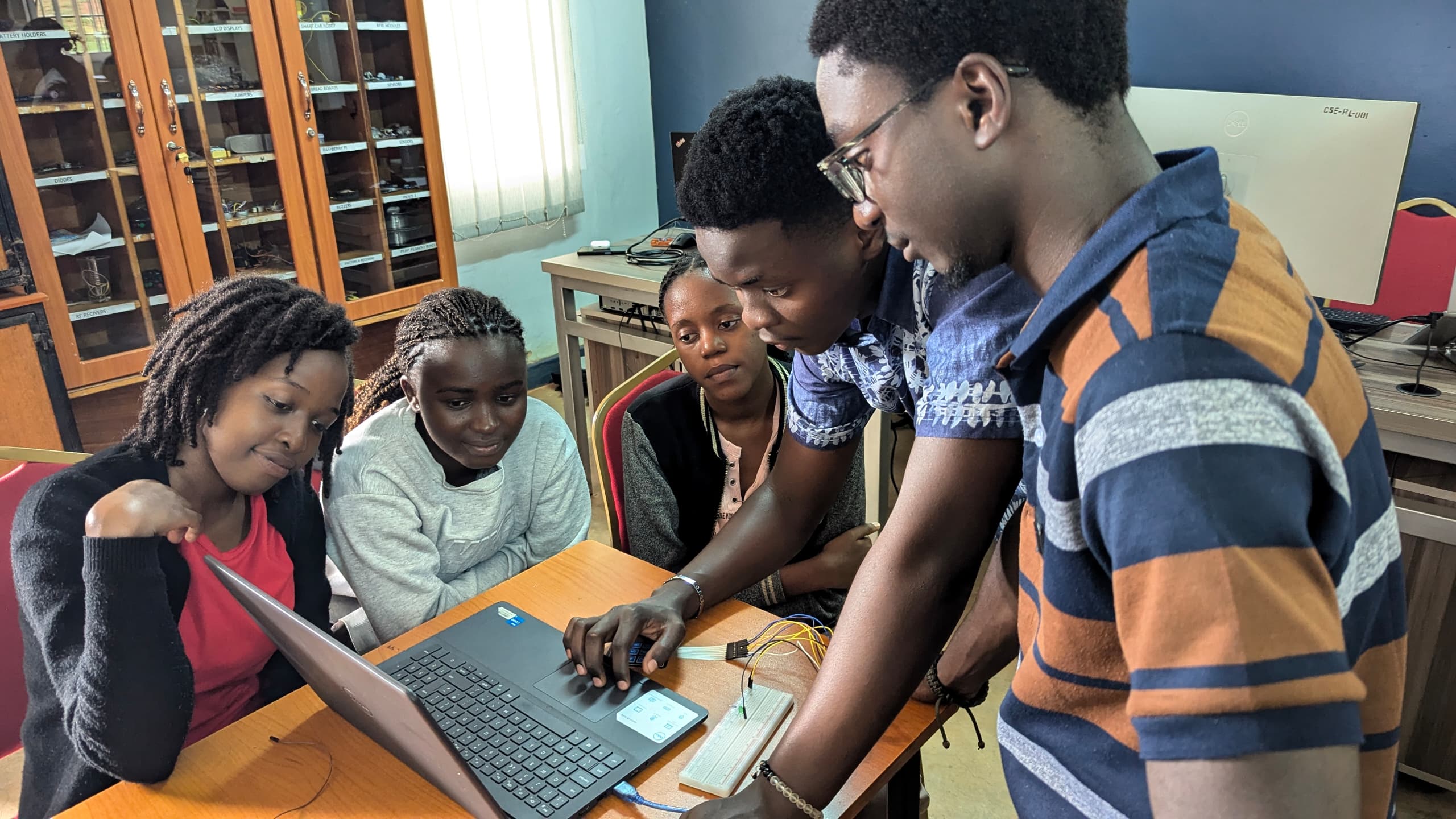
The best part of the session was the active participation it invited. Students worked directly with the components, wiring up the systems themselves and uploading the code onto Arduino boards. This interactive approach ensured that everyone had the chance to test the system, modify inputs, and troubleshoot errors. The experience wasn’t just about following instructions—it was about learning how to think critically and creatively in robotics design.
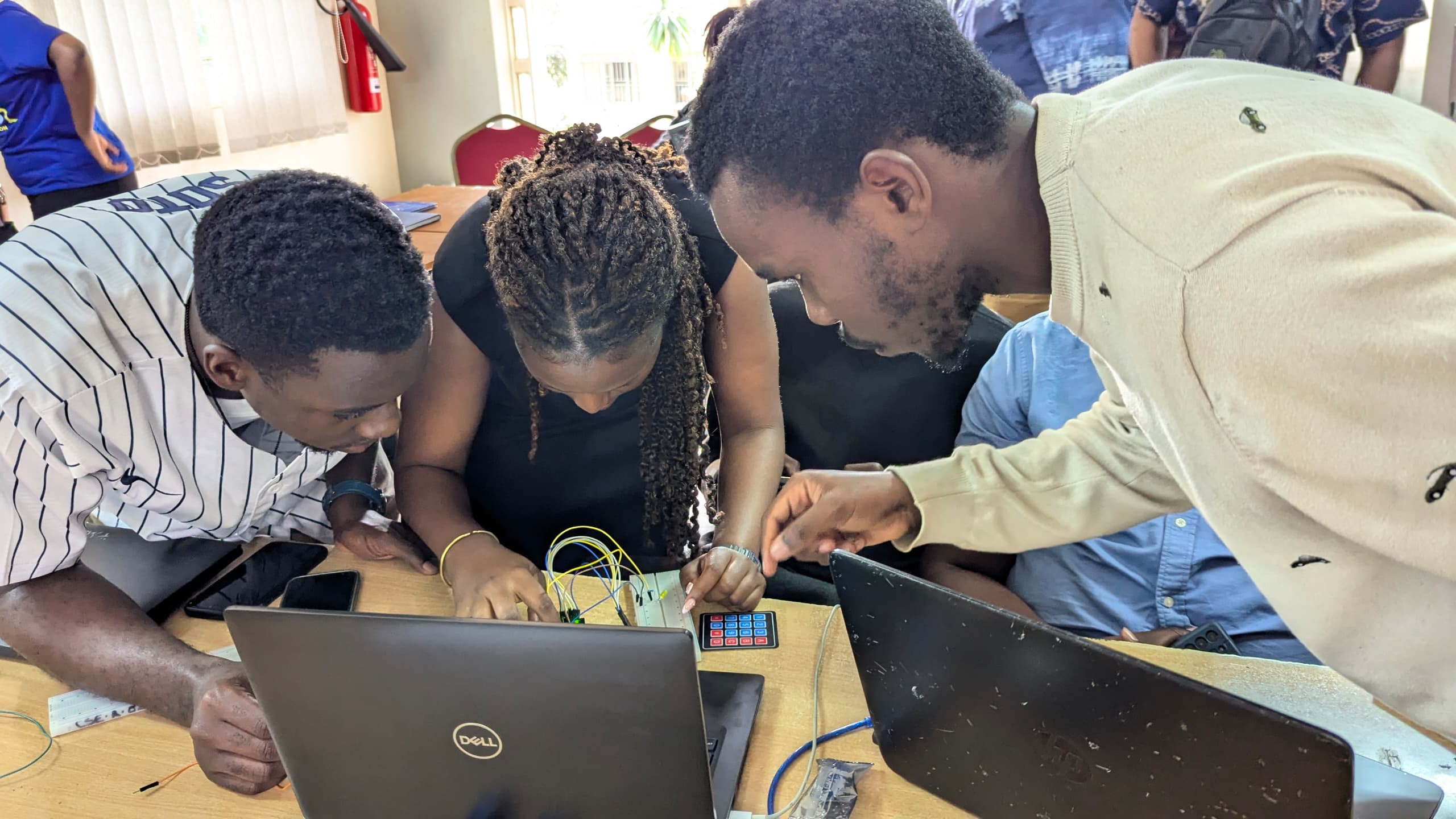
One key insight many participants took away was the importance of user feedback in interactive systems. The use of the LCD allowed users to see exactly what they were inputting, a crucial feature in real-world applications. For example, if this system were used in an access control scenario, such visual feedback would give users confidence that their input had been received and processed correctly.
Building a Future of Robotics Enthusiasts
Beyond the technical knowledge, this session was part of the chapter’s ongoing effort to build a community of young innovators who are passionate about robotics and artificial intelligence. The discussions following the demonstration touched on how participants could integrate these technologies into their own projects, with ideas flowing about smart home systems, automated irrigation systems, and even robotic healthcare assistants.
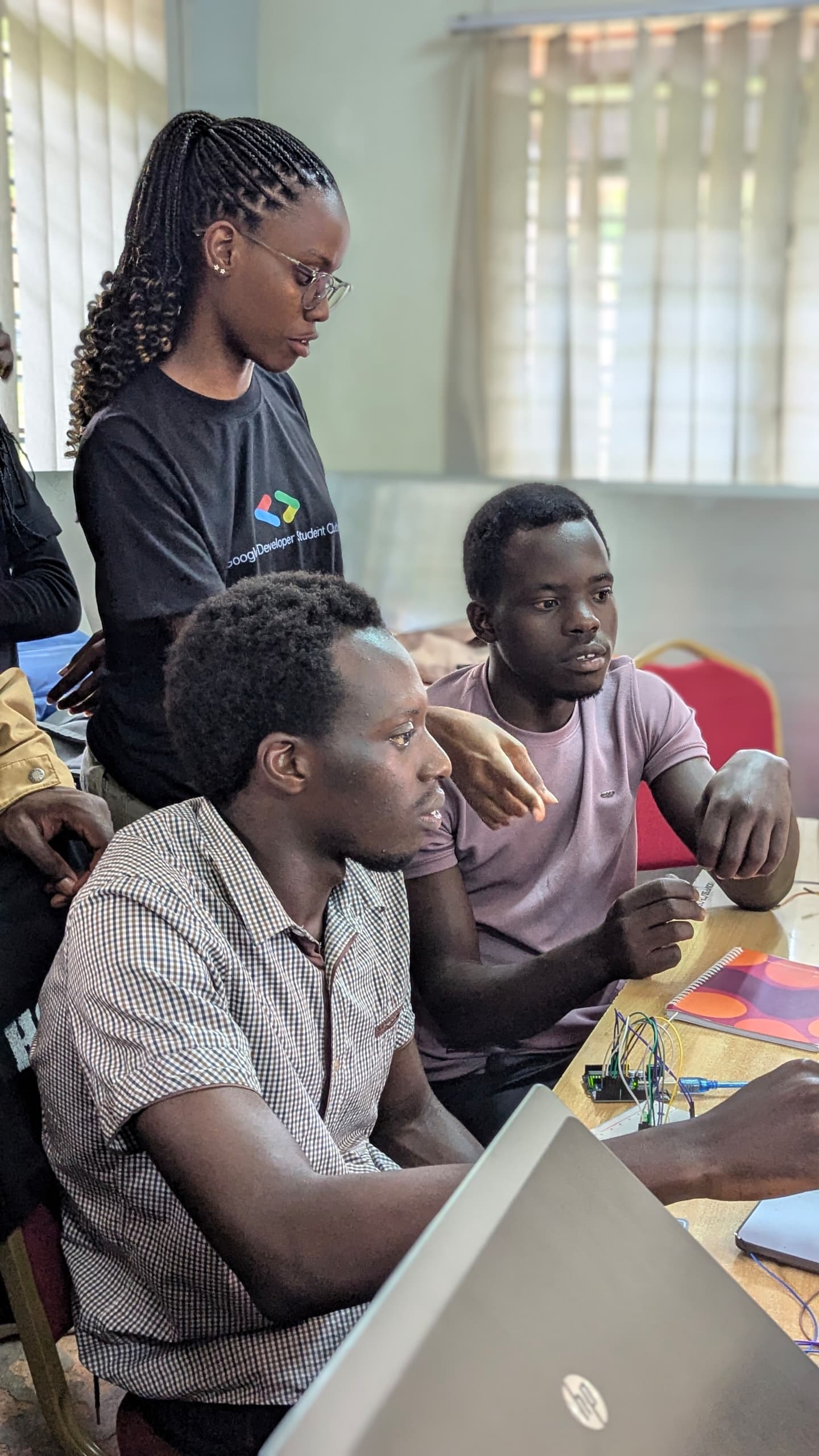
Under the guidance of leaders like Nansubuga Diana and chapter president Atwine Tirzah, the Robotics and AI Chapter has become a hub for creativity and collaboration. Students aren’t just learning how to build systems—they’re learning how to apply their knowledge in innovative ways that could shape the future of multiple industries.
Looking Ahead
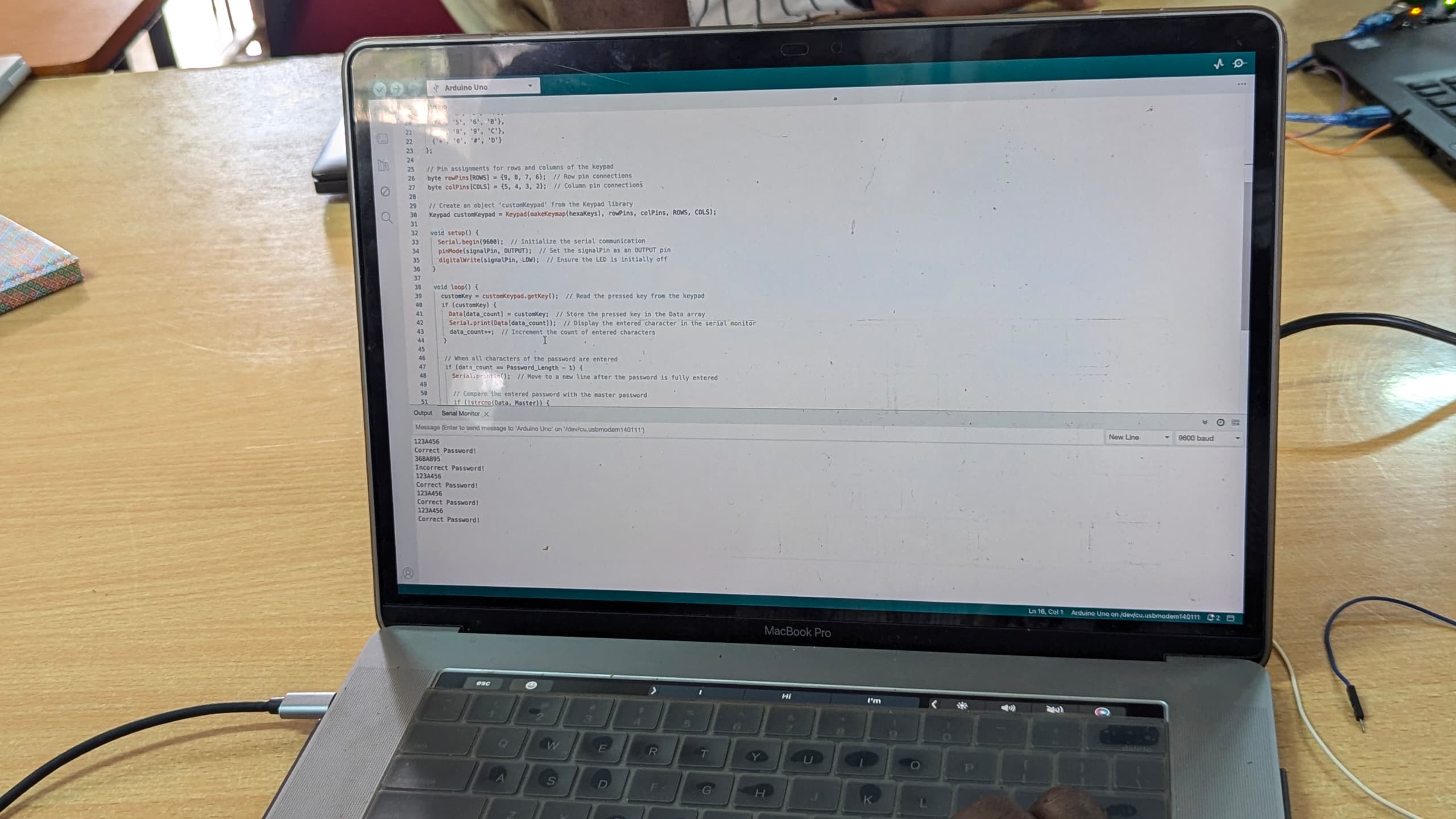
As the session came to a close, participants were eager to explore more advanced topics. Future sessions will delve into integrating more sensors, such as motion detectors, and combining them with keypad systems to further enhance security and automation projects. There was also palpable excitement around the potential of combining AI with these robotic systems, where machine learning algorithms could be used to make intelligent decisions based on user inputs or environmental factors.
The chapter is committed to continuing this journey of exploration and innovation. With leaders like Diana and Tirzah, who inspire their peers to think big and push the boundaries of what’s possible, the future of robotics at Uganda Christian University is undeniably bright.
Stay tuned for more hands-on sessions, where the community will continue to grow and illuminate the path for future generations of roboticists and AI enthusiasts!


